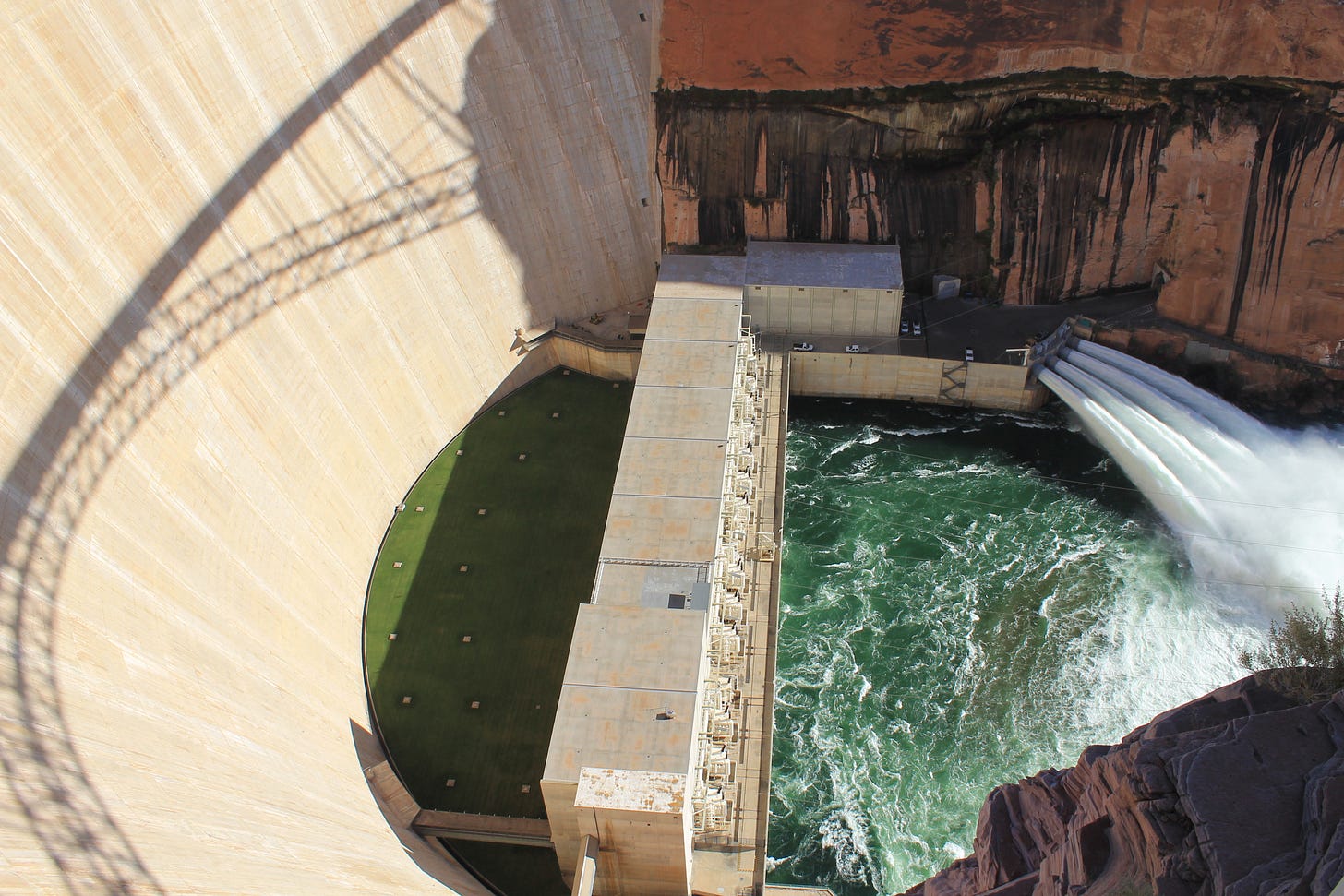Re-engineering Glen Canyon Dam
Plus: Real estate and aridification

For the last two years or so, federal Bureau of Reclamation officials have been fretting publicly about what might happen to Glen Canyon Dam as water levels con…


For the last two years or so, federal Bureau of Reclamation officials have been fretting publicly about what might happen to Glen Canyon Dam as water levels con…
